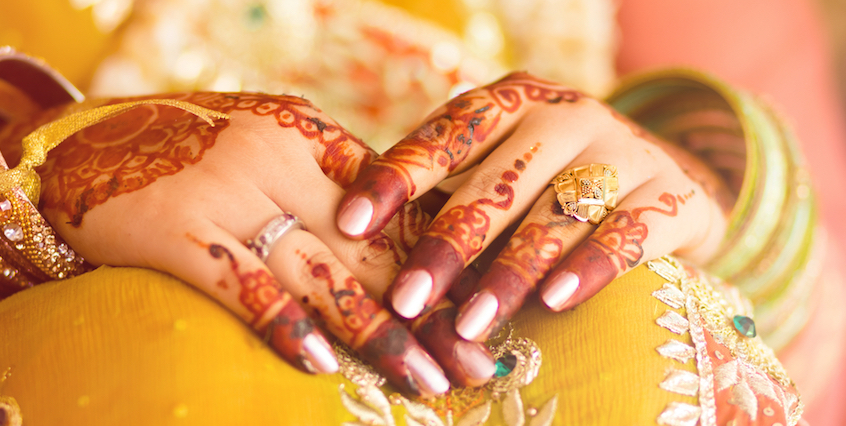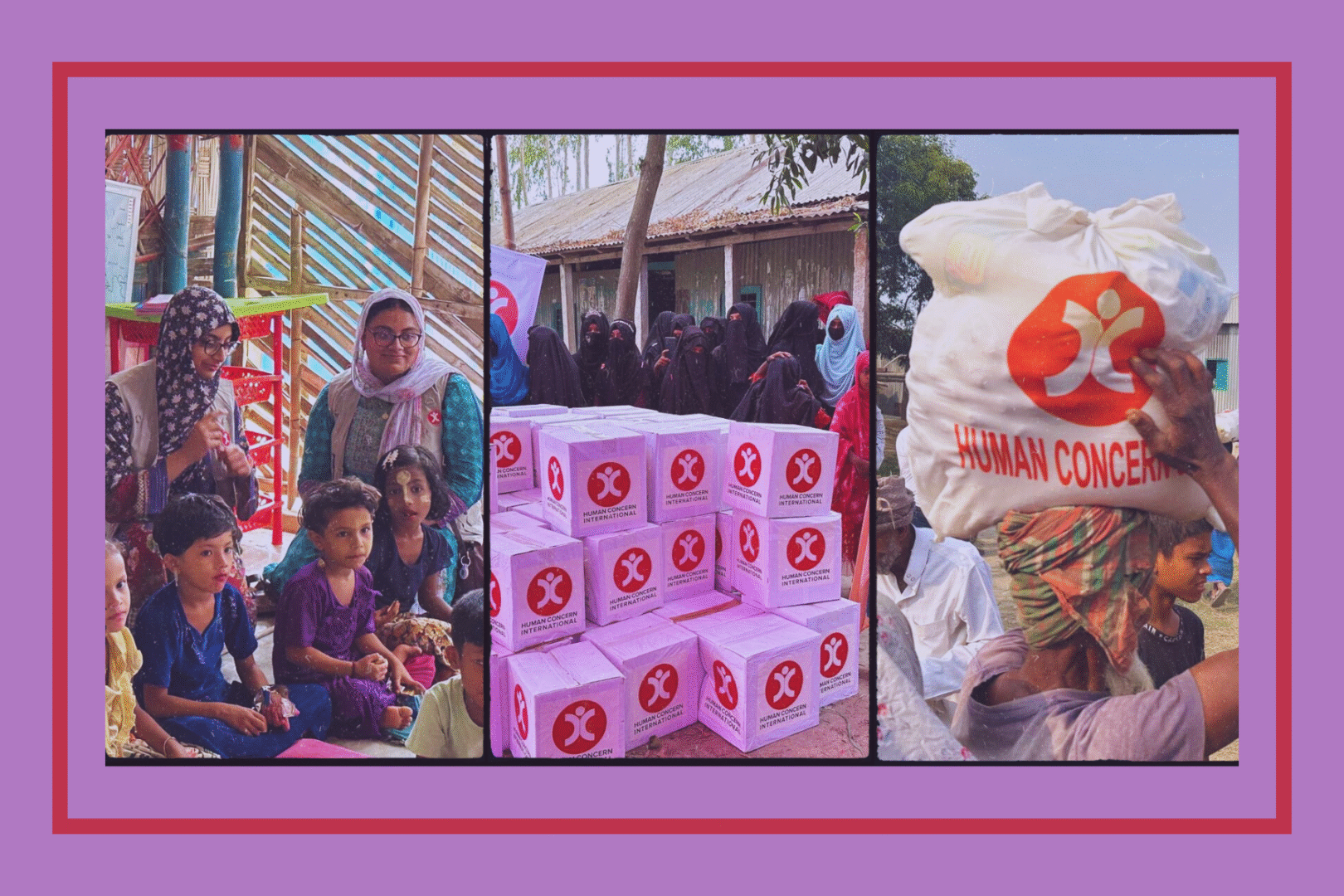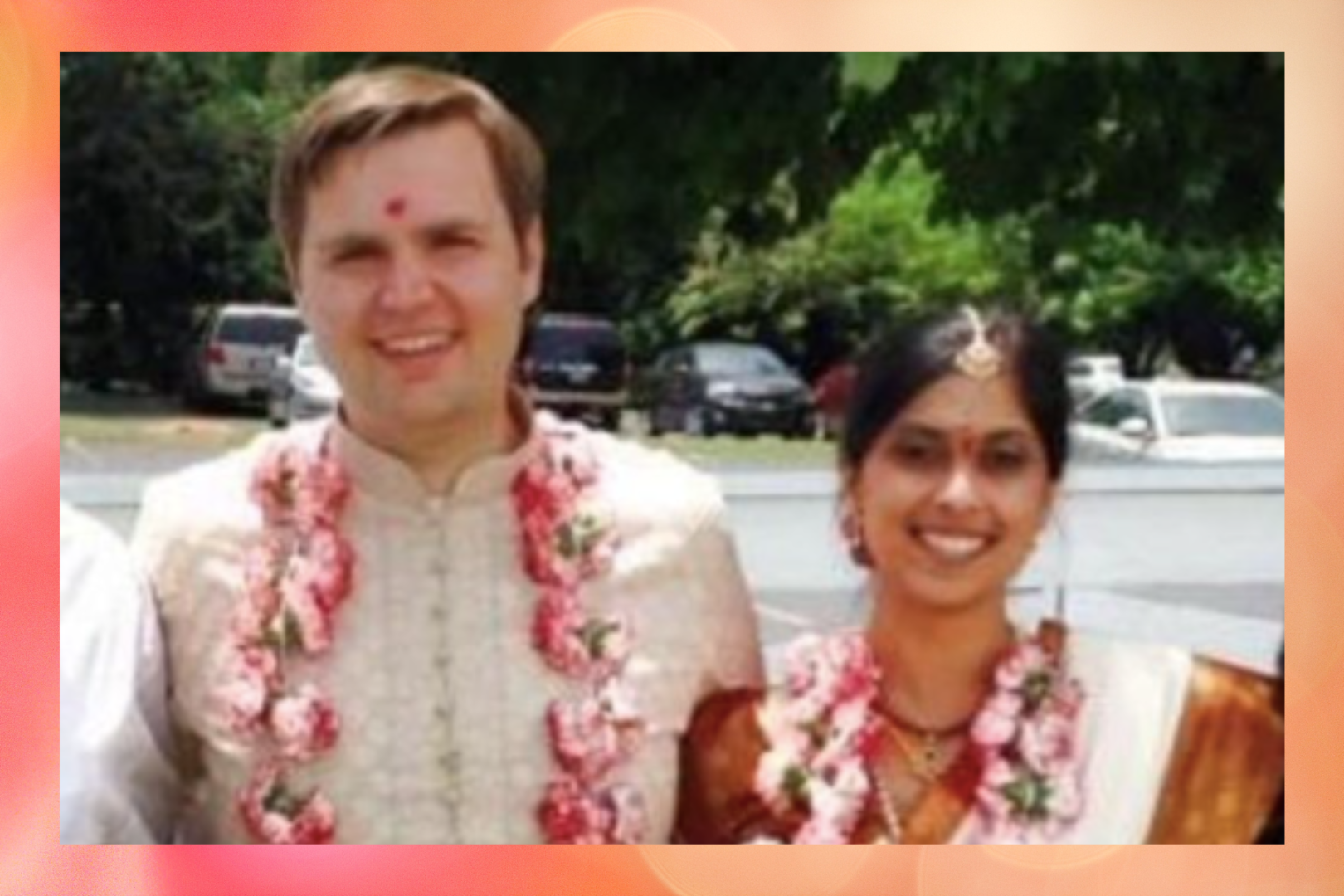
This article, originally published by Neon Tommy, was written in response to USG President Rini Sampath’s commentary, titled “India’s Dowry System Devalues Women.”
The views and opinions expressed in this article are those of the author and do not necessarily reflect the views of Brown Girl Magazine.
My parents are immigrants from Pakistan, a beautiful South Asian country that doesn’t get nearly enough credit for its beautiful land and culture. But rather, it is all too often chastised for its fiasco of a government and its “outdated” traditions.
From how I dressed, to how I addressed elders, and even how to act around boys, a lot of the things I was raised to believe at home were contradicted by what I saw in TV commercials and by the way my American friends behaved.
Growing up as a first-generation American was no easy feat—I was forced to pick and choose what I believed was right and wrong as my Pakistani heritage pulled me one way and Western society dragged me in another. It was clear to me that American practices did not always agree with my parents’ generation of South Asian traditions.
[Read Related: What it Means to be a First Generation Desi——From the Lens of a Half-Indian, Half-Irish Woman]
While there are many things about my background that I do not see eye-to-eye with, I constantly find myself being reminded by my community that Pakistani culture is the way that it is for a reason, tailored specifically to its people. It is admittedly a difficult idea to accept, but remember that the Western world caters to nobody else but its own people, either. Despite the spread of America’s influences into the developing world, our country has not changed its expectations to accommodate other societies. Instead, many Western societies dispel what they see in other parts of the world, mostly Africa and Asia, as backward or abnormal without acknowledging that every culture has a different “normal.”
In a society where feminism is a mainstream movement and freedom is epitomized by a sense that “love always wins,” the idea of a monetary or material exchange over marriage throws the average American into fury. But in South Asian countries such as India and Pakistan, dowries are a part of a shared regional tradition that has existed for centuries and remains a deeply rooted practice. Dowries are gifts or money that the bride’s family presents the groom’s family with at the time of marriage.
That’s right. There are people in India who pay another family to marry their daughter. I can hear the outrage already.
But little known to most, the concept of dowry was also practiced across Europe and early America at one point.
Records indicate that the dowry system was initially established between 800 and 300 B.C. in Greek city-states, and later became a legal obligation under Roman law. At the time, dowry was paid monetarily and it was suggested that the bride’s family pay roughly 10 percent of the bride’s father’s wealth. Colonial Americans also paid dowry in the form of money, following a suggested dowry amount as well. Europe’s practice of dowry collapsed along with the Byzantine Empire in the fifteenth century. Origins of dowry specifically in South Asia are debated, but the practice became most popular within the past century.
Also known to few people is a practice called bridewealth, or brideprice—a dowry from the groom’s side that is presented to the bride’s family at the marriage. Bridewealth also originated in early civilizations such as Mesopotamia and the Aztec empire, and is still practiced today in parts of China, the Middle East, and Sub-Saharan Africa.
While dowries today do amount to a larger proportion of household income than brideprices in areas where the practices are still common, brideprices still play a significant role in marriages within those communities.
The original purpose of dowry was to give the bride an inheritance from her parents as she enters life with a new family.
This aspect of dowry is often overlooked: the gifts are not always directly presented to the groom’s family as a form of payment for marrying a woman, but rather as a form of security for the bride. Whether the dowry is paid in money or in property (or these days, even as a car so the bride may travel on her own), dowries are seen as a safety net that parents furnish for their daughter. If she one day needed to support herself and was not financially independent, the daughter would have assets to fall back on. Many families also see dowries as a way to help their daughter get settled in with a new family by gifting the couple with household items and investments for their new shared life.
[Read Related: Why Comparing India’s Marital Rape Law to Other Countries is a Crime in Itself]
Today, many South Asian families believe that it is customary to exchange gifts at the time of the marriage, rather than formally proposing a dowry and a bridewealth. A modern dowry is not at all like putting a price tag on your daughter as she is sold off to a husband and a new set of in-laws. Likewise, bridewealth is not meant to impose a material value on the groom as he marries into another family. It is a tradition that uses an exchange of wealth as a symbol of unity between two families, and is now commonly reduced to a simple gifting process as part of the wedding.
An aunt of mine who has lived her whole life in Pakistan, had this to say about modern-day dowries:
“I don’t think dowry is a big issue these days in modern society, but is still quite common among people who aren’t as progressive. Lately, I’ve seen many weddings where neither side asked for dowry, but the bride’s parents are still open to providing for their daughter by helping pay for things for the new home. I personally don’t believe in dowries and I oppose them strongly…marriage should be easy on both parties, and both the groom’s family and the bride’s family should be held equally responsible for the costs of a marriage.”
When I asked a recently married cousin whether her family paid dowry, she said that her husband’s family is against dowry but that her “parents still gave [them] money to buy things for [their] new home, out of their love and support.”
Another family friend living in Pakistan questioned why a groom’s family would demand dowry at all:
“Parents give their whole life’s investment to a groom when they give away their daughter as a bride. That should be enough of a dowry on their part.”
Consider also that the demographics and economies of South Asian countries have changed significantly since dowry payment in the original sense was prevalent across all social classes. Women’s literacy rates continue to rise, allowing them to enter the workforce and engage in careers that allow them to be breadwinners too.
Daughters, who once may have been considered less useful than sons, are now an equally valuable asset to a family when they become educated wage-earners. South Asian society is adapting to Western standards, which not only advances women’s rights but also slowly erases old, outdated practices like paying a full, one-sided dowry.
Repercussions of the dowry tradition, however, should not be mitigated. Even though dowry as a condition of marriage has been illegal for decades in India and heavily frowned upon elsewhere, Pakistan annually faces up to 2.45 female deaths per 100,000 women as a direct result of dowry violence, with India and Bangladesh following closely behind.
These crimes probably sound like reason enough to eliminate dowry completely. But take a moment to consider the socioeconomic background of those who illegally demand dowries and are willing to abuse the bride and harass her family if they find the dowry insufficient. They are mostly rural, less educated, and very fixed in their patriarchal worldview, making them more likely to devalue a woman’s life for the possibility of a dowry in order to compensate for their impoverished conditions. In these cases, families have no other choice but to oblige with an exorbitant dowry if they want to see their daughter married and her future secured. If dowries are putting a financial burden on a woman’s family to the point where a mother would end a baby’s life just moments after discovering that it’s a girl, I think there are larger problems with poverty and misogyny in South Asian societies to be addressed besides just eliminating the traditional model of dowries.
Many statistics on dowry violence are likely skewed. Indian authorities have scant comprehensive statistics on general murder cases due to domestic violence. In addition, dowry harassment often becomes the most reliable allegation for a domestic violence victim (or her family, if she dies from the abuse) to make in order to obtain justice in the Indian court system, since the anti-dowry movement is so popular and the public is most unequivocal in condemning dowry-related abuse. In rural areas where the old dowry model is typically followed, the bride’s family is often resentful about the expensive dowry they were compelled to provide and will chalk up any domestic abuse to dowry violence. These factors can make dowry violence appear much more prevalent than it actually is.
In areas where dowry and its consequences prove to be a significant problem, a cultural shift would be necessary to alleviate many dowry-related issues like gendercide. Measures to broaden women’s access to education and vocational training will help pragmatically in improving women’s independence and economic value in a community, thereby enabling greater acceptance of women’s equality—particularly in rural areas where social practices are much less progressive.
However, I do not believe that these steps will fully eradicate the dowry tradition; rather, the established, often religiously-affiliated concept of dowry will shift to a more gender-equal exchange that comes second to the legal and emotional bonds between two people.
To say that all South Asian women are victims of dowry and forced marriage is a huge generalization that I cannot accept. Not only has the practice of dowry greatly evolved, the majority of arranged marriages in South Asia today do give time for the man and woman to get to know each other and build a relationship before marriage. To say that I, as an American, am unquestionably more privileged with the possibility of “love marriage” and gender equality than most women in South Asia is also false.
For the same progressive South Asians who either forego dowry or offer it as a vehicle of independence for the couple in their new life, the idea of arranged marriages has also undergone a major shift. Instead of a man and woman meeting for the first time on their wedding day, arranged marriages today are more like being set up through parents or a close family friend, and possibly dating if the initial meet goes well. Familial involvement in helping choose a spouse is seen as a form of guidance for their children in one of the most important decisions they will make. The parents can judge a potential partner’s character, status and life goals prior to two people developing an intimate connection. Compared to “love marriages,” an added benefit of arranged marriages is that you are dating someone who has already been “parent-approved”–expediting the step that usually comes last in Western dating.
Modern arranged marriages do give two people a chance to assess their own compatibility and grow to love each other, like in any other relationship—but with the added benefit of knowing that your parents are actively looking out for you.
I speak as an Indo-American citizen who refuses to accept the stereotypes that our Western society, misinformed and oblivious to the improving status of women in South Asia, places on people of my heritage. I speak as a first-generation American youth, and as one of the majority of modernized South Asians who puts women’s humanity before wealth and status.
Lastly, I speak as a woman when I say that it is unacceptable to assign material value to any person. But times have changed. While there are extreme cases of oppression within dowry arrangements, Western ideas have made their way into most of South Asia. Believe it or not, women’s rights do prevail, as does the “modified” dowry where families exchange gifts to celebrate new kinship ties and the bright future of their newlywed children.
To portray modern South Asia as the unyielding patriarchy that it was decades ago does a gross injustice to a beautiful culture and to the progress its people have made in promoting women’s equality.
 Maheen Akhter is a pre-med student at the University of Southern California. She lives for carrot juice, Venice Beach, longboarding, and sales at Anthropologie. In ten years, she sees herself as a happy cat lady and looks forward to the day that having ice cream for breakfast won’t be weird anymore. Maheen can be contacted at mfakhter@usc.edu
Maheen Akhter is a pre-med student at the University of Southern California. She lives for carrot juice, Venice Beach, longboarding, and sales at Anthropologie. In ten years, she sees herself as a happy cat lady and looks forward to the day that having ice cream for breakfast won’t be weird anymore. Maheen can be contacted at mfakhter@usc.edu




